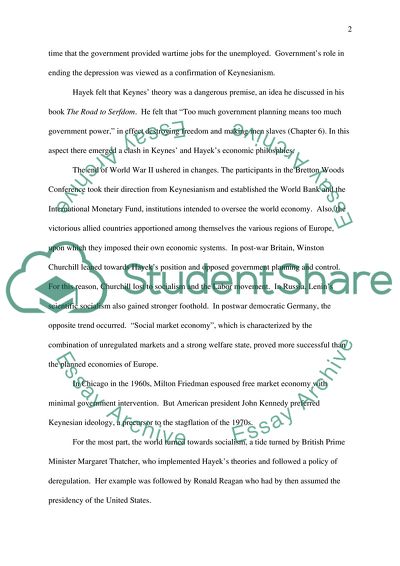Cite this document
(Comparison of the Planned and Market Economic Model Essay Example | Topics and Well Written Essays - 2000 words, n.d.)
Comparison of the Planned and Market Economic Model Essay Example | Topics and Well Written Essays - 2000 words. https://studentshare.org/macro-microeconomics/1717990-reformeconomics
Comparison of the Planned and Market Economic Model Essay Example | Topics and Well Written Essays - 2000 words. https://studentshare.org/macro-microeconomics/1717990-reformeconomics
(Comparison of the Planned and Market Economic Model Essay Example | Topics and Well Written Essays - 2000 Words)
Comparison of the Planned and Market Economic Model Essay Example | Topics and Well Written Essays - 2000 Words. https://studentshare.org/macro-microeconomics/1717990-reformeconomics.
Comparison of the Planned and Market Economic Model Essay Example | Topics and Well Written Essays - 2000 Words. https://studentshare.org/macro-microeconomics/1717990-reformeconomics.
“Comparison of the Planned and Market Economic Model Essay Example | Topics and Well Written Essays - 2000 Words”. https://studentshare.org/macro-microeconomics/1717990-reformeconomics.


